#saint-remy
Photo

Self-Portrait | Vincent Van Gogh | 1889 | Musée d'Orsay
“Van Gogh took this penetrating self-portrait with him from Saint-Remy to Auvers. His facial expression is calm, but the background is turbulent. He thus visualised how he was trying to stand firm in the turmoil of his mental illness. Doctor Gachet was deeply moved by this painting. Van Gogh’s portrait of him was in a sense, also a kind of self-portrait. He saw the suffering of his own life reflected in Gashet’s sad expression of out times”
#Self-Portrait#vincent van gogh#Musée d'Orsay#Paris#france#The Netherlands#Amsterdam#Saint-remy#saint ramy#auvers#Neoimpressionism#blue#genius#dutch
7 notes
·
View notes
Text
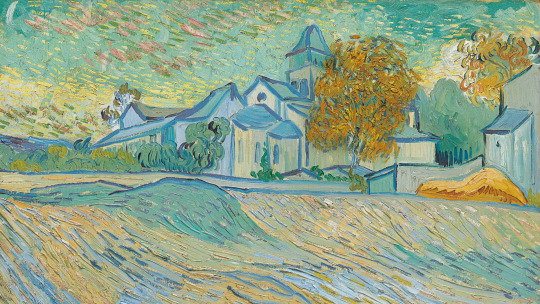
van gogh vue d l'asile et de la chapelle de saint-rémy (1889)
kofi
#van gogh#vincent van gogh#vue d l'asile et de la chapelle de saint-remy#art#vue d l'asile et de la chapelle de saint-rémy
183 notes
·
View notes
Text
What remains today of Newton's fundamental breakthrough? Modern life, our system of education founded on the requirements of punctuality, scholastic exercises on the charts of train schedules, geographic maps—all this inculcates in us, from childhood, a very Newtonian idea of space and time. This is why we have such difficulty perceiving the absurdity of questions such as"What lies beyond the limits of the universe?" or "What existed before the creation of the world—or before the Big Bang?" We marvel at the apparent modernness of Saint Augustine, who was already addressing similar questions fifteen centuries ago: "Time did not exist before heavens and earth.” But few among us know or have really assimilated the Kantian critique of the concepts of space and time. Kant constructed this critique specifically to chart the boundaries between knowledge and faith, to free science from metaphysical presuppositions, to deliver geometry from the shadow of theology to which Newton had in fact ascribed it. For Kant, space and time are not things in themselves but "forms of intuition”—in other words, they constitute a canvas that allows us to decipher the existence of the world. According to Kant, things "in themselves" are neither in space nor in time. It is the human mind that, in the very act of perception, superimposes these categories, which are its own and without which perception would be impossible. This does not exactly mean that space and time are illusions or pure inventions of the human mind. These frameworks are imposed on us through empirical contact with nature and are not, therefore, "arbitrary.” They no more belong to things in themselves than they belong to the mind alone; rather, they exist because of the dialogue between the mind and things. They are, in the final analysis, an unavoidable product of motion itself by means of which the mind searches to apprehend—to understand—the outside world.
Rémy Lestienne, The Children of Time: Causality, Entropy, Becoming
#quote#Rémy Lestienne#Lestienne#Remy Lestienne#time#science#Kant#Immanuel Kant#St Augustine#theology#Saint Augustine#religion#physics#entropy#causality#space#space-time#spacetime#mind#education#Newton#Isaac Newton#philosophy
162 notes
·
View notes
Photo
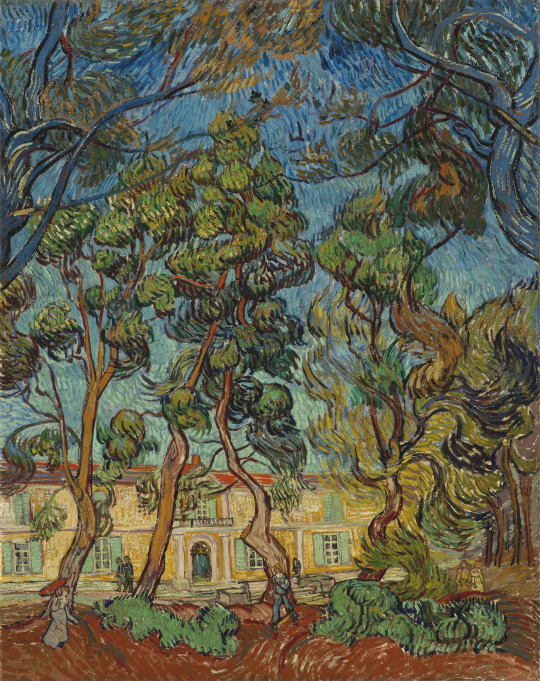
Vincent van Gogh - Saint-Paul Asylum, Saint-Rémy, 1889.
367 notes
·
View notes
Text

Okay yeah ONE @infamous-if mc is hot, but two? Someone call the fire department 🔥🔥🔥
Remi + template belong to @quinnorion
#infamous if#infamous#infamous game#infamous mc#maeve divine#maeve infamous#ft bestie remi#this particular pairing + this song has been rattling around in my brain for a few days#seven doesn't stand a chance in hell against this pair#reject saints
53 notes
·
View notes
Text
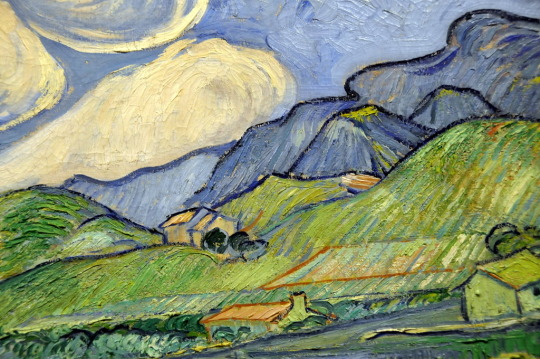
Vincent van Gogh
Mountains at Saint-Rémy
ca. 1989
#vincent van gogh#Mountains at Saint-Rémy#landscape#modern art#art history#mountains#mountain view#saint remy#aesthetictumblr#tumblraesthetic#tumblrpic#dutch painter#dutch artist#genius#nature#tumblrstyle#tumblr art#tumblrpictures#tumblrlove
18 notes
·
View notes
Text




Reims vs Paris Saint-Germain (November 11, 2023)
#kylian mbappe#paris saint germain#psg#stade de reims#remis vs psg#stade auguste delaune#reims#france#november 2023
16 notes
·
View notes
Text

I guess if you're celibate, you make good beer . . .
#abbaye n.-d. de saint-remy#rochefort#belgium#trappistes rochefort#6#belgian ale#authentic trappist product
9 notes
·
View notes
Text

***LAC DU PEIROU SAINT REMY DE PROVENCE***

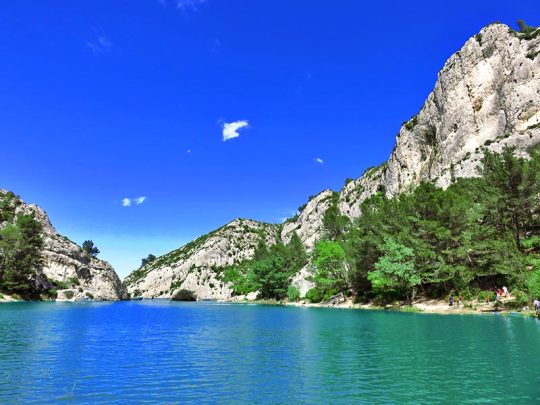
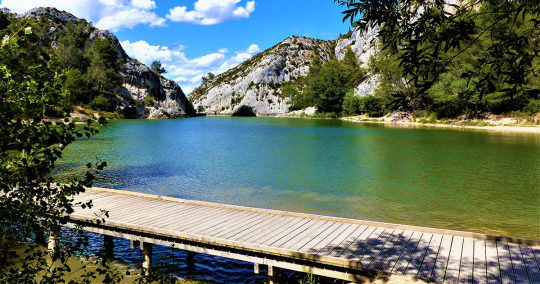
7 notes
·
View notes
Note
us moving to imessages what are we😆
idk probably not sane tho

3 notes
·
View notes
Text




14 notes
·
View notes
Text




Basilica Saint Remi
5 notes
·
View notes
Text
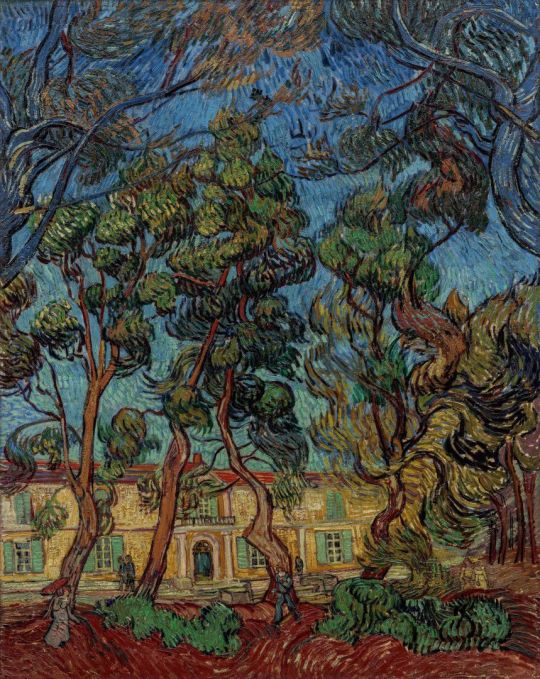
Vincent van Gogh - The Hospital at Saint-Remy - 1889

Vincent van Gogh - Women Picking Olives - 1889
At the end of 1889, Van Gogh painted three versions of this picture. This was the 3rd, for his sister.

Vincent van Gogh - First Steps, after Millet - 1890
In fall and winter 1889–90, Van Gogh painted twenty-one copies after Millet, an artist he greatly admired. He considered his copies "translations" akin to a musician's interpretation of a composer's work.
At the highest resolution you can really see the joy on the little girls face.
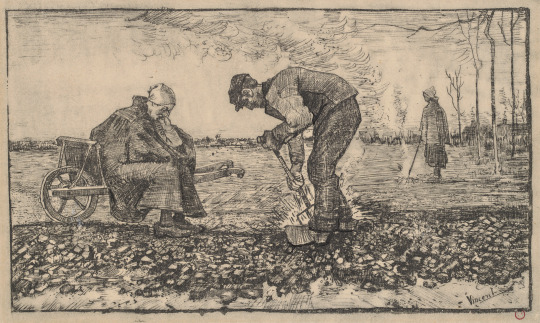
Vincent van Gogh - Burning Weeds - 1883
In July 1883, Van Gogh decided to try his hand at lithography for a second time. This is one of two prints he produced that summer on a scale he hoped would cater to illustration projects. The subject reveals his early interest in the work of the renowned French painter of peasant subjects, Jean-François Millet.
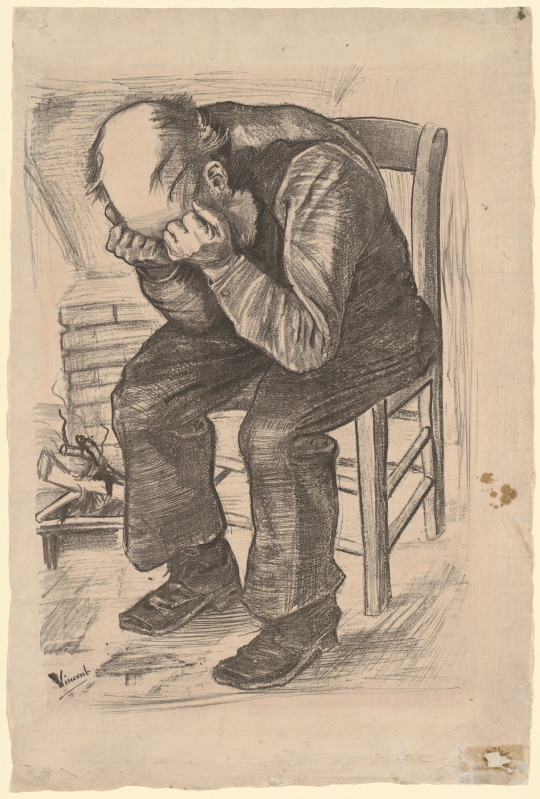
Vincent van Gogh - At Eternity's Gate - 1882
Lithography fascinated Van Gogh early in his career, but he made very few prints due to financial constraints. "At Eternity’s Gate" is one of the very rare survivals of his first printmaking campaign during which he produced six lithographs in November 1882. His ambition was to publish a series of thirty prints in order disseminate his work to a broad audience and to earn the attention of magazine editors in the hope of receiving commissions as an illustrator.
#art#paintings#drawings#vincent van gogh#van gogh#jean-francois millet#e#Burning Weeds#at eternity's gate#first steps#Women Picking Olives#Hospital at Saint-Remy
3 notes
·
View notes
Text

8 notes
·
View notes
Photo

Vincent van Gogh - Village of Saint-Rémy, 1889.
294 notes
·
View notes
Photo

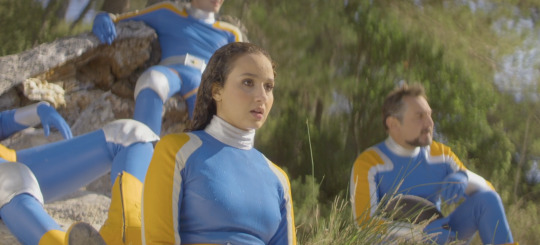
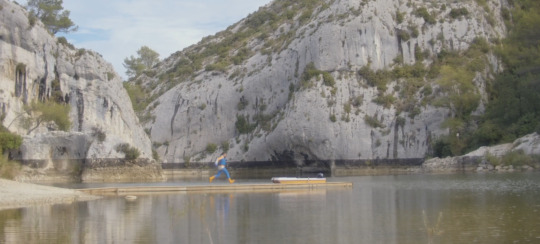
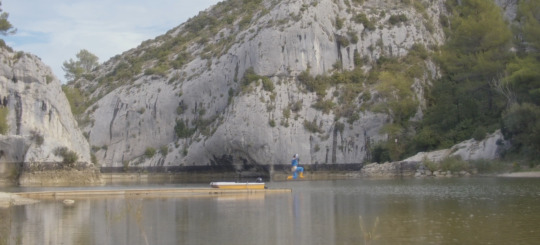
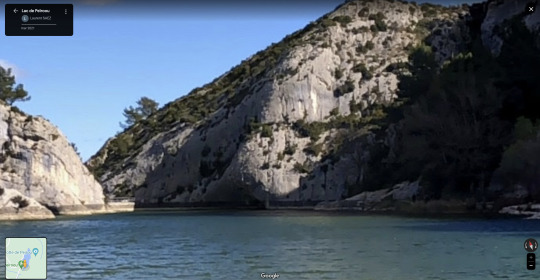
Fumer fait tousser / Smoking Causes Coughing
Quentin Dupieux. 2022
Lake
Lac de Peïroou, 13210 Saint-Rémy-de-Provence, France
See in map
See in imdb
#quentin dupieux#fumer fait tousser#smoking causes coughing#gilles lellouche#vincent lacoste#anaïs demoustier#jean-pascal zadi#oulaya amamra#lake#lac de Peïroou#saint remy de provence#saint-rémy-de-provence#bouches-du-rhône#france#superhero#movie#cinema#film#location#google maps#street view#2022
12 notes
·
View notes